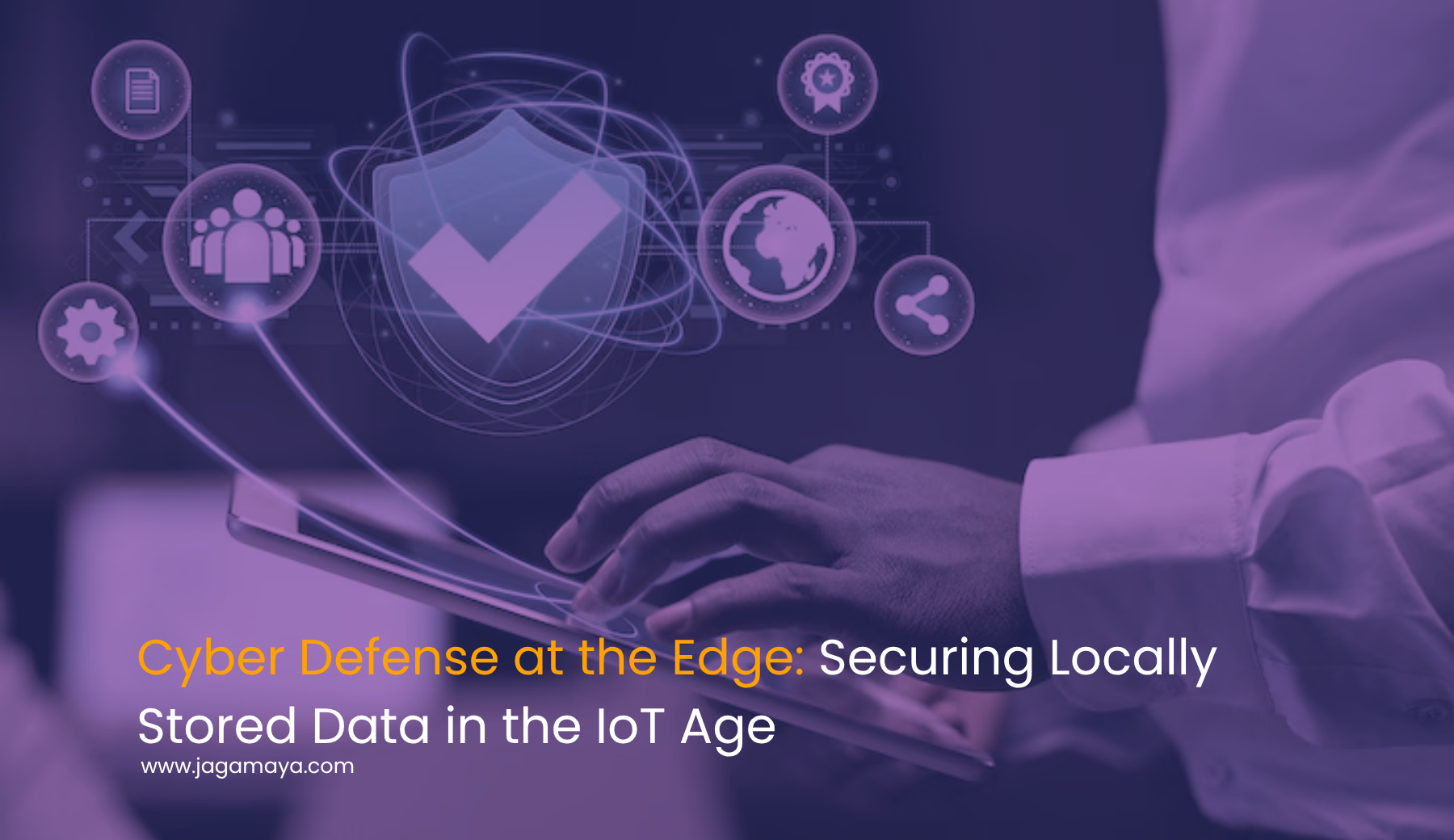In an era of rapid digital transformation, the shift toward edge computing—where data is processed nearer to its source—offers unparalleled speed and efficiency. However, it also introduces critical security challenges. When data is stored and processed locally, often across hundreds or thousands of IoT devices, organizations need robust cybersecurity defenses tailored for distributed environments.
1. The Security Risks of Edge Computing
Edge environments, such as remote sensors, industrial controllers, smart home gateways, and locally stored data, are inherently vulnerable:
- Expanded attack surface: Devices often reside outside secure perimeters and can be physically tampered with or accessed via insecure networks embe.tech.
- Management complexity: Diverse hardware, software versions, and patching cycles make consistent updates a challenge medium.com+1embe.tech+1.
- Data exposure: Sensitive data may remain unencrypted or reach untrusted networks if not protected end-to-end medium.com.
2. Edge Data Encryption: A Non-Negotiable
To secure data at the edge:
- Encrypt data at rest and in transit using strong standards like TLS, IPSec, or AES-256 reddit.com+15embe.tech+15medium.com+15.
- Adopt end-to-end encryption solutions such as Teserakt’s E4 to ensure data remains confidential even if intercepted wired.com.
3. Authentication & Authorization: Zero Trust at the Edge
Embrace Zero Trust principles:
- Strong authentication: Enforce device identity with unique credentials or certificates (e.g., X.509, EPID) to verify each device’s legitimacy moldstud.com+1reddit.com+1en.wikipedia.org.
- Role-based access and micro-segmentation: Limit device-to-device interactions and isolate IoT segments from critical infrastructure reddit.com+7embe.tech+7medium.com+7.
4. Patching, Updates & Device Management
Keeping edge devices secure means:
- Automated firmware/software updates using over-the-air (OTA) mechanisms to minimize vulnerabilities aredgroup.com+5medium.com+5medium.com+5en.wikipedia.org+3digitalexperience.live+3reddit.com+3.
- Hardening firmware and hardware by disabling unused services and ports, and choosing microcontrollers with root-of-trust features digitalexperience.live+1cogentinfo.com+1.
5. Continuous Monitoring & Threat Detection
- Active monitoring with AI/ML can detect unusual behavior patterns and anomalies in real time medium.com.
- Integrate edge logs with central SIEM/SOC systems for rapid threat response across distributed environments learn.microsoft.com+5embe.tech+5medium.com+5.
6. Standards & Certification: Building Trust
- Adopt industry standards like PSA Certified, ISO/IEC 27400-series, and ETSI EN 303 645 to ensure device integrity digitalexperience.live+2en.wikipedia.org+2en.wikipedia.org+2.
- Obtain security certifications to reassure stakeholders and meet regulatory requirements reddit.com+15bcs365.com+15en.wikipedia.org+15.
7. Physical Security & Operational Policies
- Secure field deployments by housing devices in tamper-resistant enclosures and carefully controlling physical access medium.com+5embe.tech+5digitalexperience.live+5.
- Device inventory & segmentation help isolate compromised devices and prevent lateral attacks cyberedgeacademy.com+9cogentinfo.com+9bcs365.com+9.
In Summary
The IoT age brings tremendous value—but without strong edge defenses, locally stored data becomes an easy target. Organizations must treat edge nodes as first-class security concerns, not peripheral devices. By combining encryption, Zero Trust, automated updates, and intelligent monitoring within a framework built on global IoT security standards, enterprises can confidently extend their cybersecurity presence to the edge.
At Jagamaya, we support edge-aware cybersecurity strategies—leveraging AI-powered monitoring, zero-trust authentication, decentralized SIEM, and data sovereignty compliance. Get in touch to see how we can help you secure your digital edge.


Leave a Reply